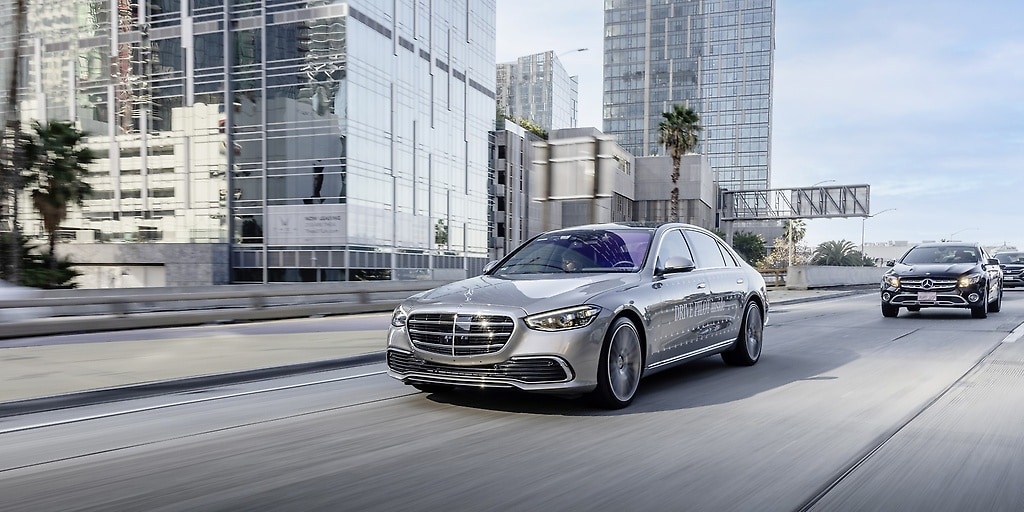The car can't actually drive with no one in it until ownership of the DDT is transferred away from a human in the seat, aka it's Level 4+, and there are already companies doing this. They report statistics to the regulators, I'm not aware of any data provisions for starting operations.Because he’s not interested in the regulatory aspect of the self-driving. All that matters to him is that the car can drive with no one in it at a safety level much greater than the average human.
The Levels are almost entirely about who owns the DDT, which I think it what will actually matter to consumers. If I need to sit there with my eyeballs pointed forward and ready to take over while the car drives itself, aka Level 2, I may as well be driving myself and wouldn't pay extra for the privilege. And such a vehicle will most certainly not be driving itself around while you're sleeping or at work.



